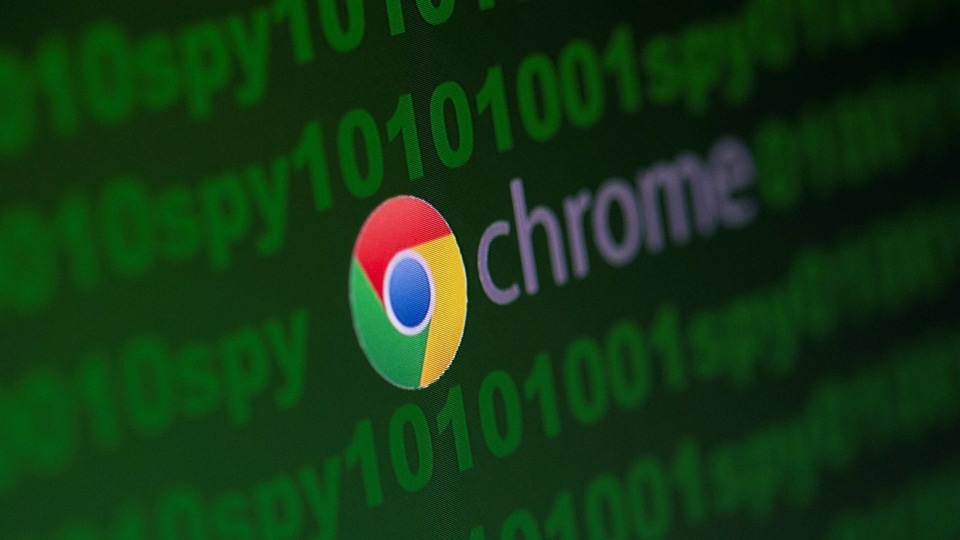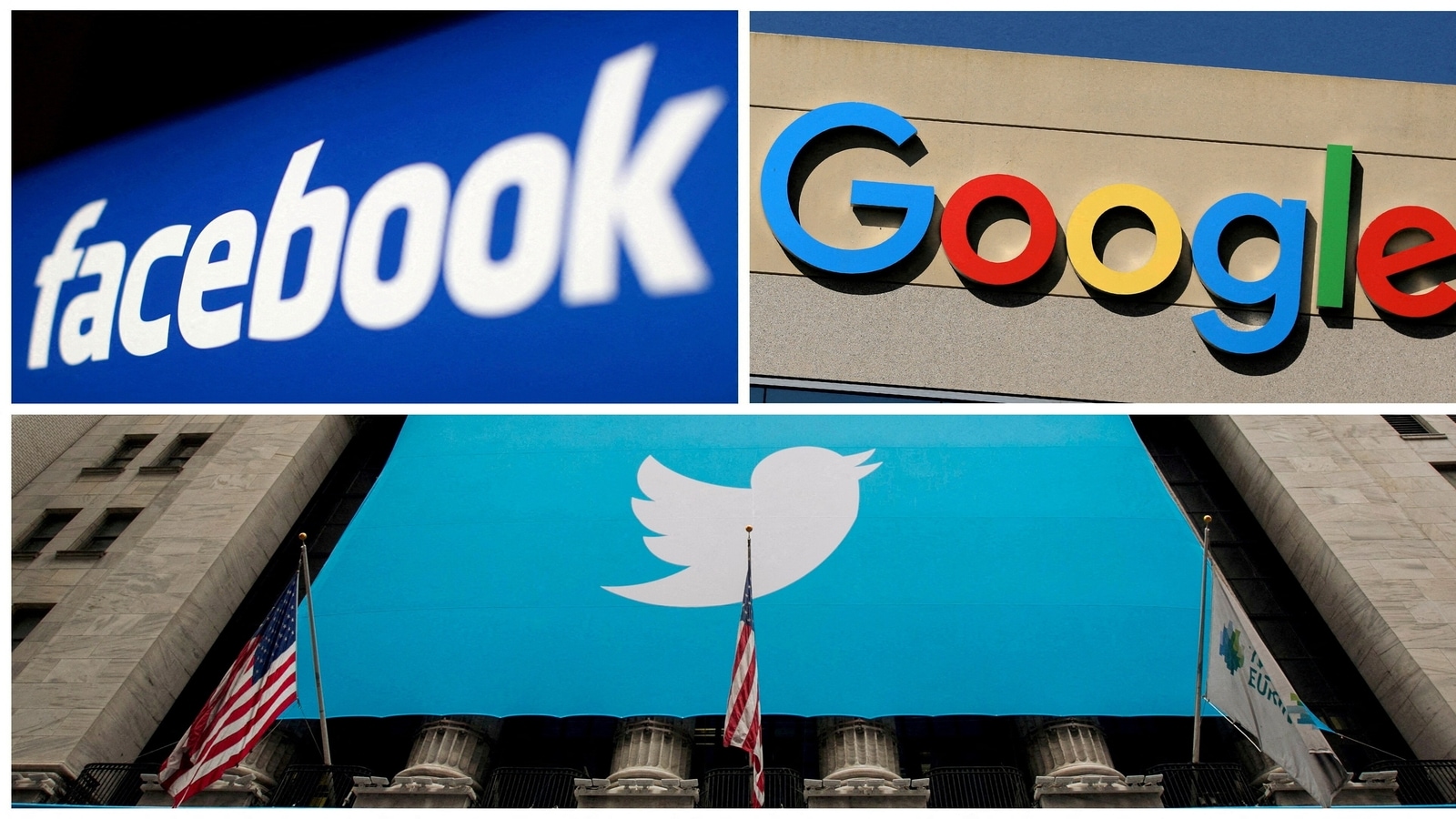Fed’s Slowdown Isn’t Getting Much Help From Big Tech
Companies are shielding their workforces from efforts to cool inflation, squeezing profit with the hope of a faster recovery later.






 View all Images
View all ImagesAll the tightening moves by the Federal Reserve this year to rein in inflation are supposed to lead to less hiring and spending by companies. But there is no law that says the biggest, most profitable companies have to cut back if they don't feel like it. And the cuts showing up in this quarter's earnings reports from the biggest tech companies amount to going from three scoops of ice cream to two.
If you're wondering why employment growth has been robust despite the warning signs in financial markets, the structural change in Silicon Valley that's happened since the early 2000s dot-com bust is a big part of it.
The employment numbers this quarter from some of the biggest tech companies were a surprise because of reports over the past few months of layoffs and hiring freezes in the sector. Alphabet Inc., the parent company of Google, added 13,000 employees this quarter. Meta Platforms Inc., parent of Facebook, added 3,800. And Amazon.com Inc., after shedding 100,000 employees in the second quarter when its warehouses were overstaffed, returned to growth, adding 21,000 workers.
And this was not a particularly strong quarter for the companies' best-known business lines. Online ad revenues have been sluggish due to overall economic uncertainty, and e-commerce volumes continue to be sluggish as consumers shift their spending habits from goods to services.
Adding to that sluggishness has been a revenue headwind from the rise in the dollar and less progress on cost control than investors want. The result: Profit margins have suffered and the value of stocks has plunged this year. To the extent the Fed thinks a slumping stock market helps its mission, that's useful. But if it's also determined to get the labor market back into better balance, it's not clear how much help they'll be getting from the biggest and most profitable tech companies.
While Alphabet and Amazon emphasized they're working on controlling costs, both companies seem likely to continue to add workers. Alphabet talked about headcount additions slowing by about half this quarter compared with the third quarter, but that still implies a decent amount of growth. Amazon said it slashed the capital spending budget for its e-commerce business this year by about a third of its initial plans. Yet continued investment in its streaming and lucrative Amazon Web Services business lines mean that the company's spending budget will be no lower than it was in 2021. Meanwhile Meta seems content to ignore the wishes of shareholders and continue investing billions of dollars in its metaverse vision.
While the biggest tech companies have fallen out of favor with investors, this is different from what we saw for the companies and industries at the center of the storm in the early 2000s and 2008 recessions. In the early 2000s, the money dried up and tech companies went bankrupt, causing a cascade of job losses and hard times for companies when they were still dependent on investors to fund growing (but cash-burning) businesses. In 2008 there was a domino effect of less home construction, falling home prices, job losses, foreclosures and bankruptcies. In both recessions companies laid off people not because they wanted to, but because they had to.
And while we've seen some forced layoffs at startups and cash-burning tech companies like Carvana Co. and Peloton Interactive Inc., that hasn't materialized at the largest tech companies. Consensus estimates are that Alphabet will earn more than $80 billion in operating profit in 2023. Does it make sense for their long-term prospects to lay off 5,000 or 10,000 workers in order to protect profit margins and appease shareholders in the short term? Would that be wise in an environment where there is scrutiny of the business practices of the most powerful, profitable tech companies? Arguably no. And if the biggest tech companies aren't doing mass layoffs it limits the broader economic fallout.
What this means is that rather than slower business conditions triggering a surge in unemployment, the bigger risk for investors is a plunge in profit margins as companies slow or stall their spending plans without making significant cuts — the 'job-full recession' scenario. And then as demand bounces back, companies will find themselves adequately staffed to meet that growth, hopefully allowing profit margins to bounce back quickly without the need for all the hiring we've seen over the past two years.
So the Fed shouldn't expect a rapid deterioration in the labor market. We're used to economic soft patches where workers bear the burden of the adjustment. This time it's profit margins that are taking the hit.
Catch all the Latest Tech News, Mobile News, Laptop News, Gaming news, Wearables News , How To News, also keep up with us on Whatsapp channel,Twitter, Facebook, Google News, and Instagram. For our latest videos, subscribe to our YouTube channel.






























